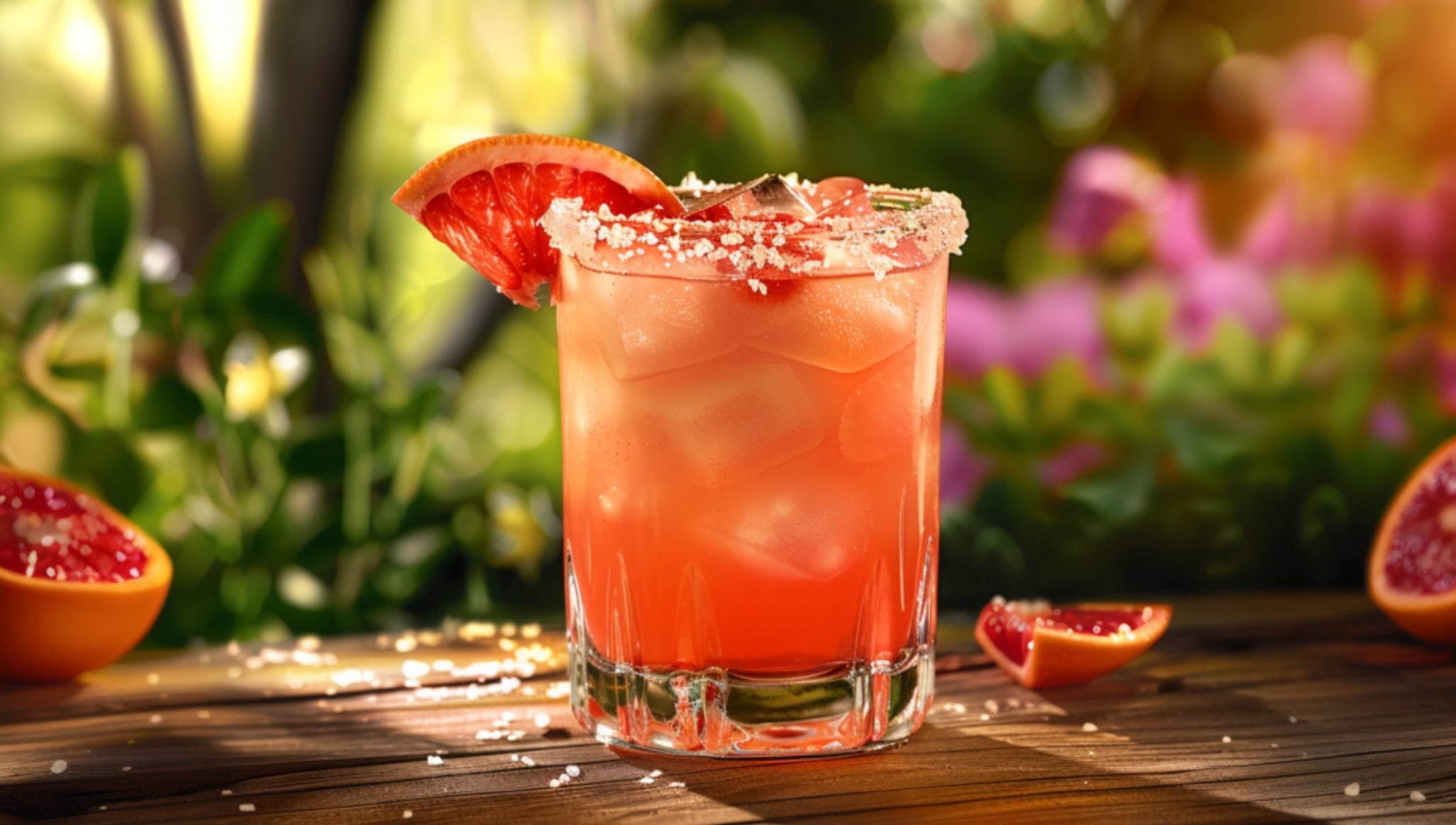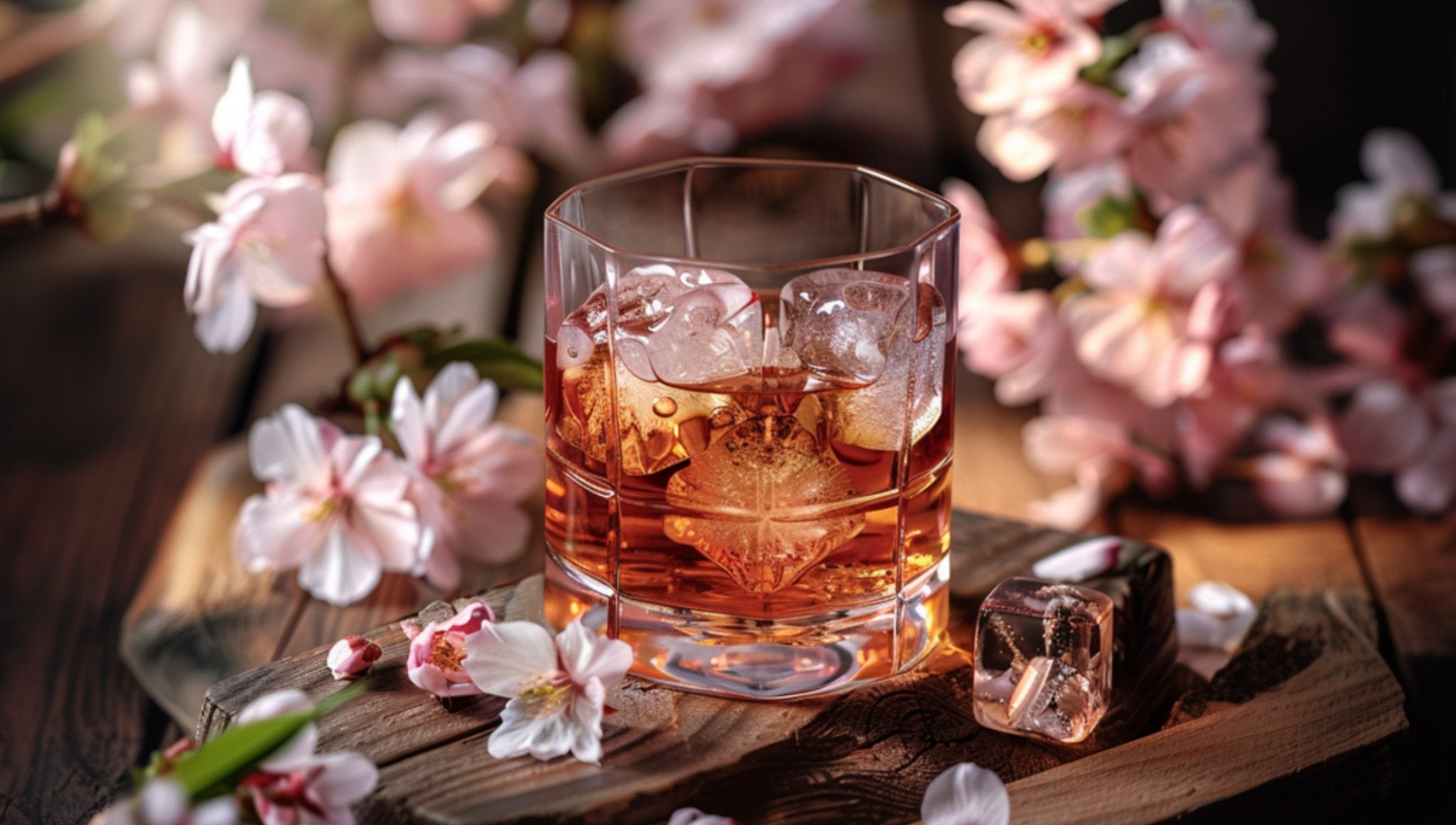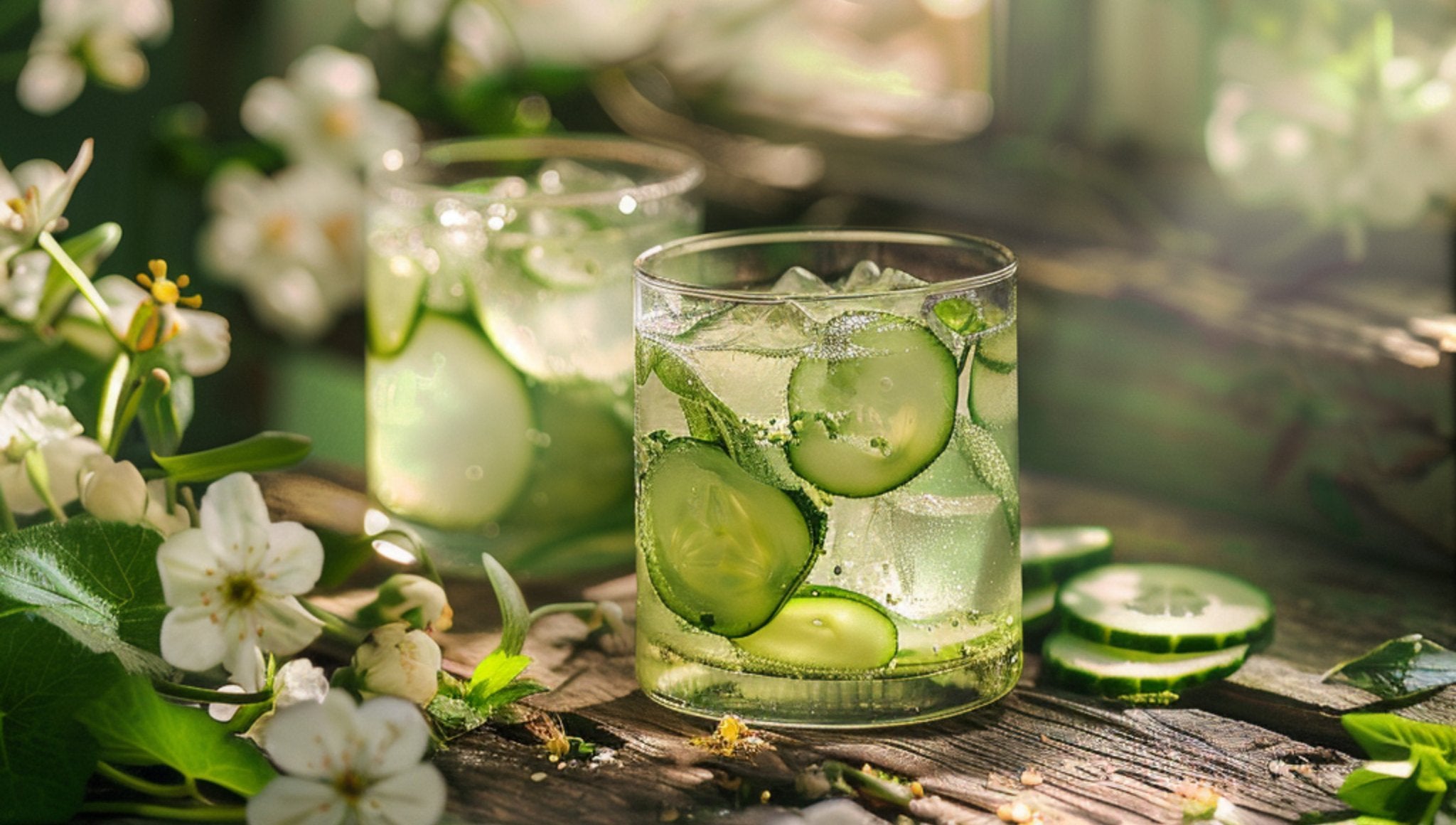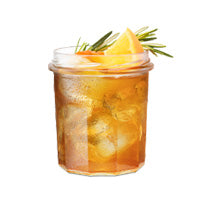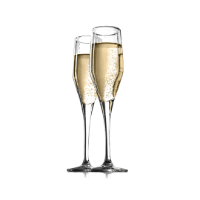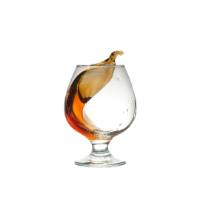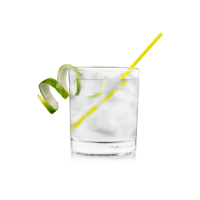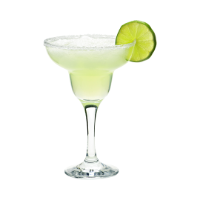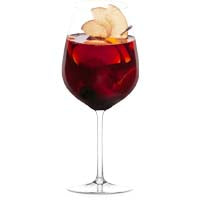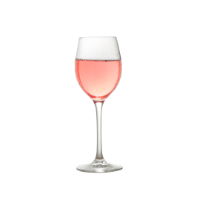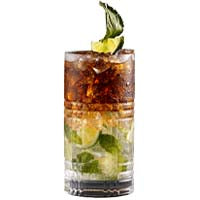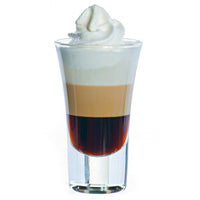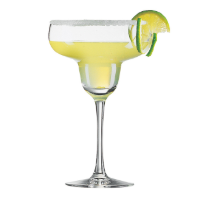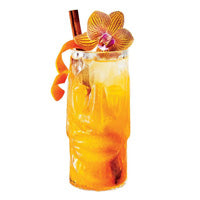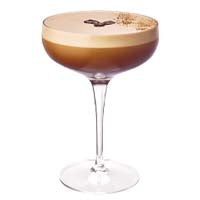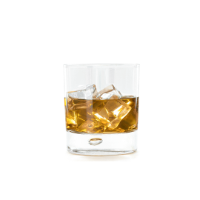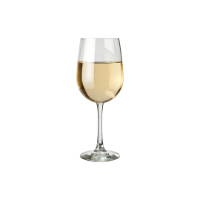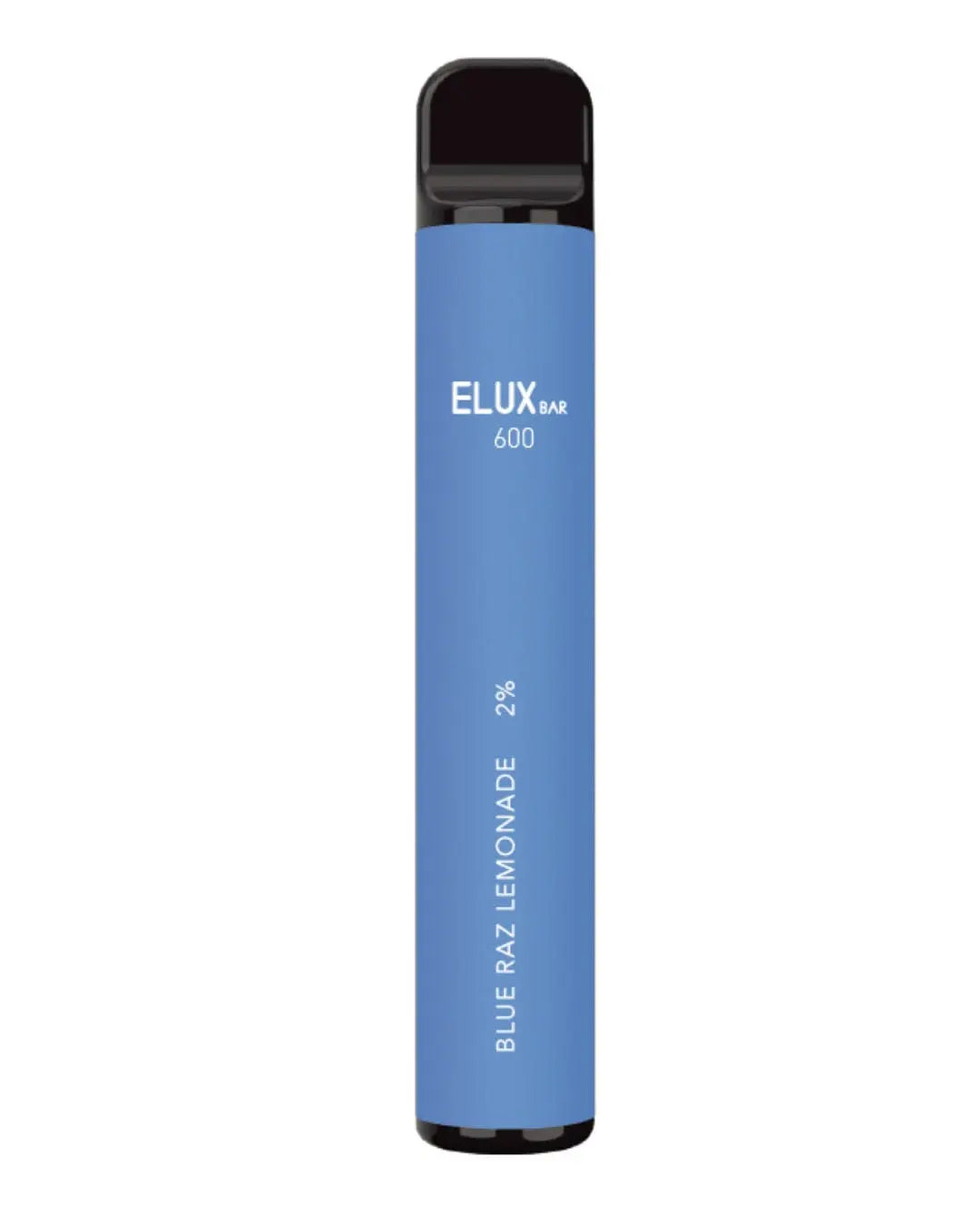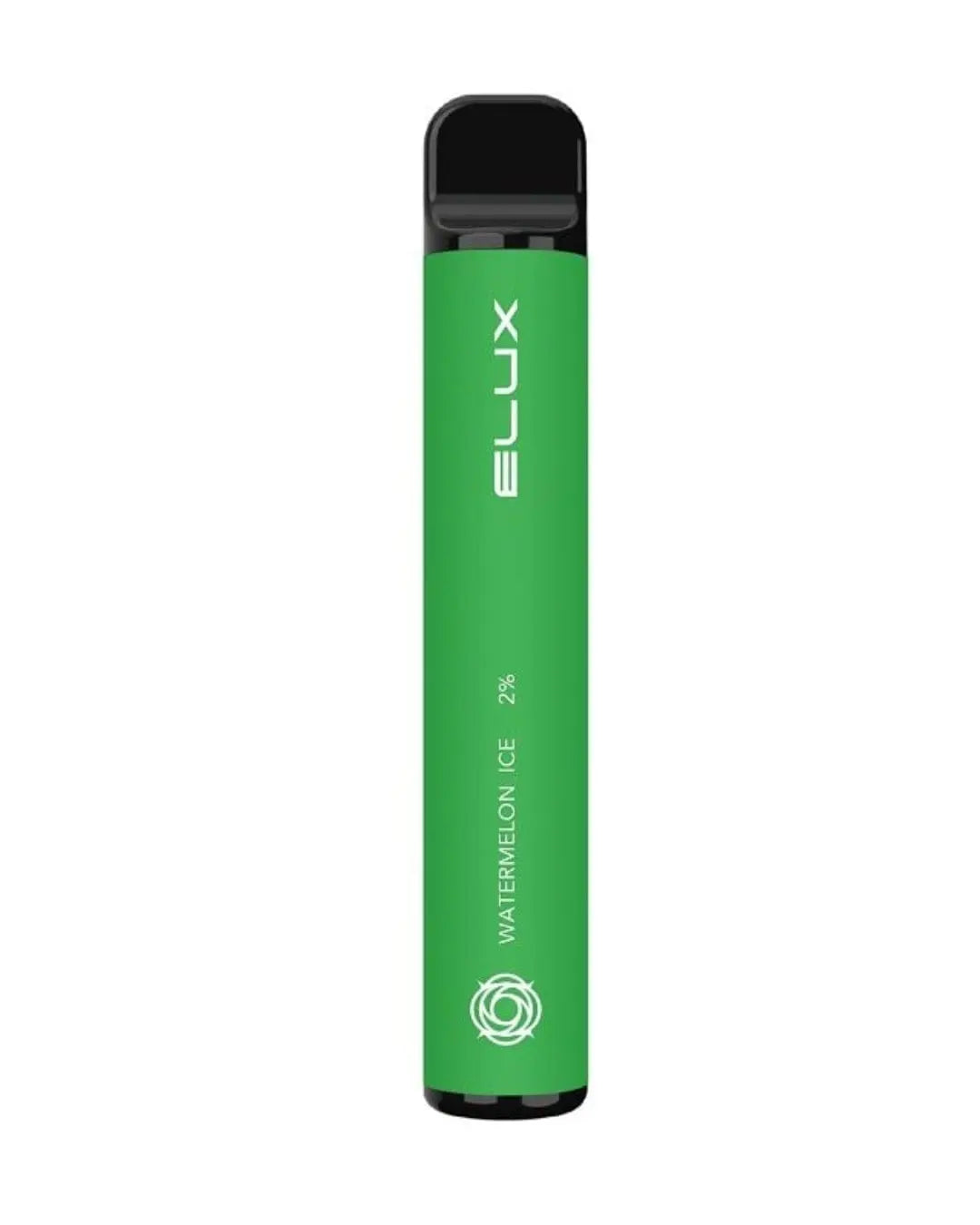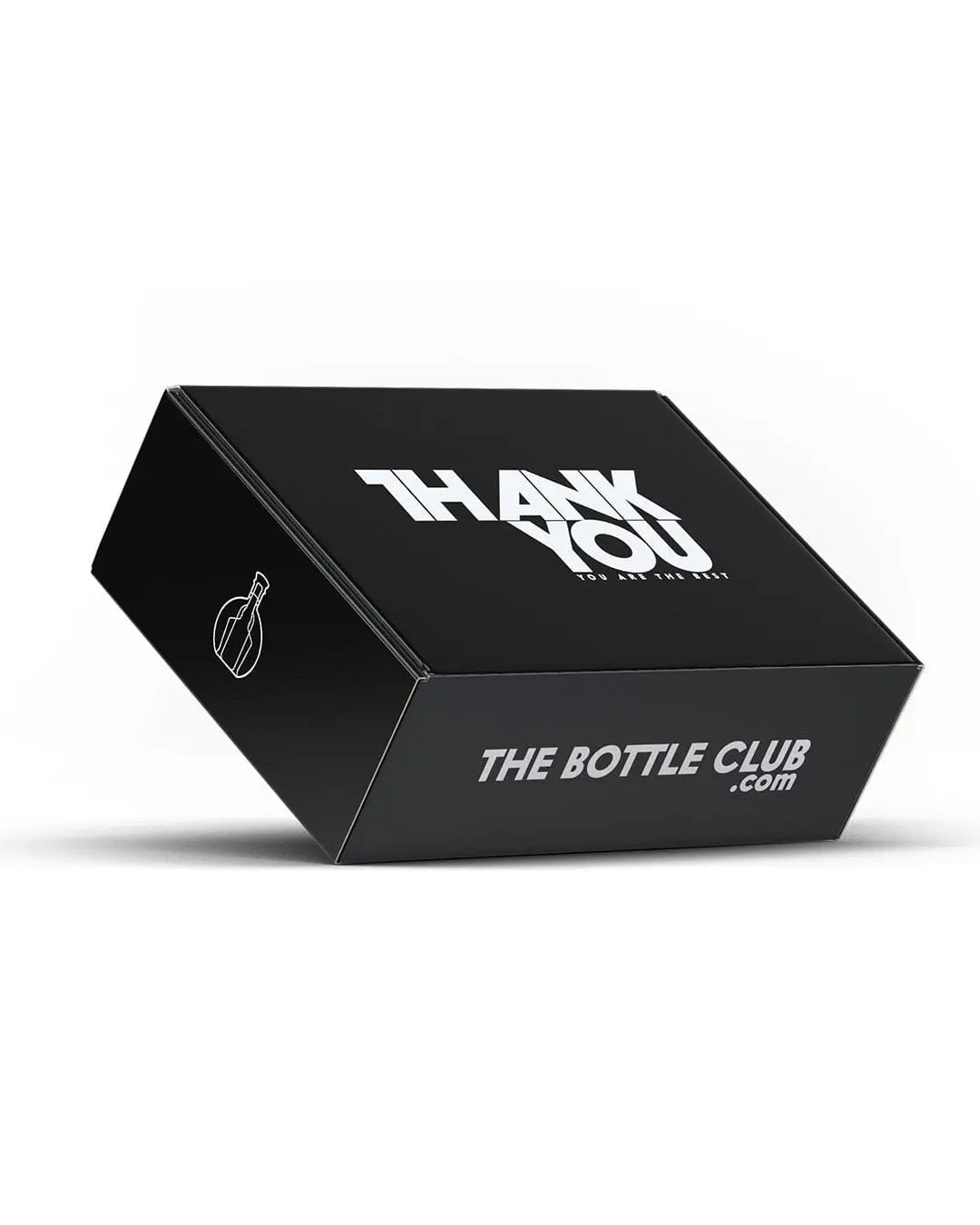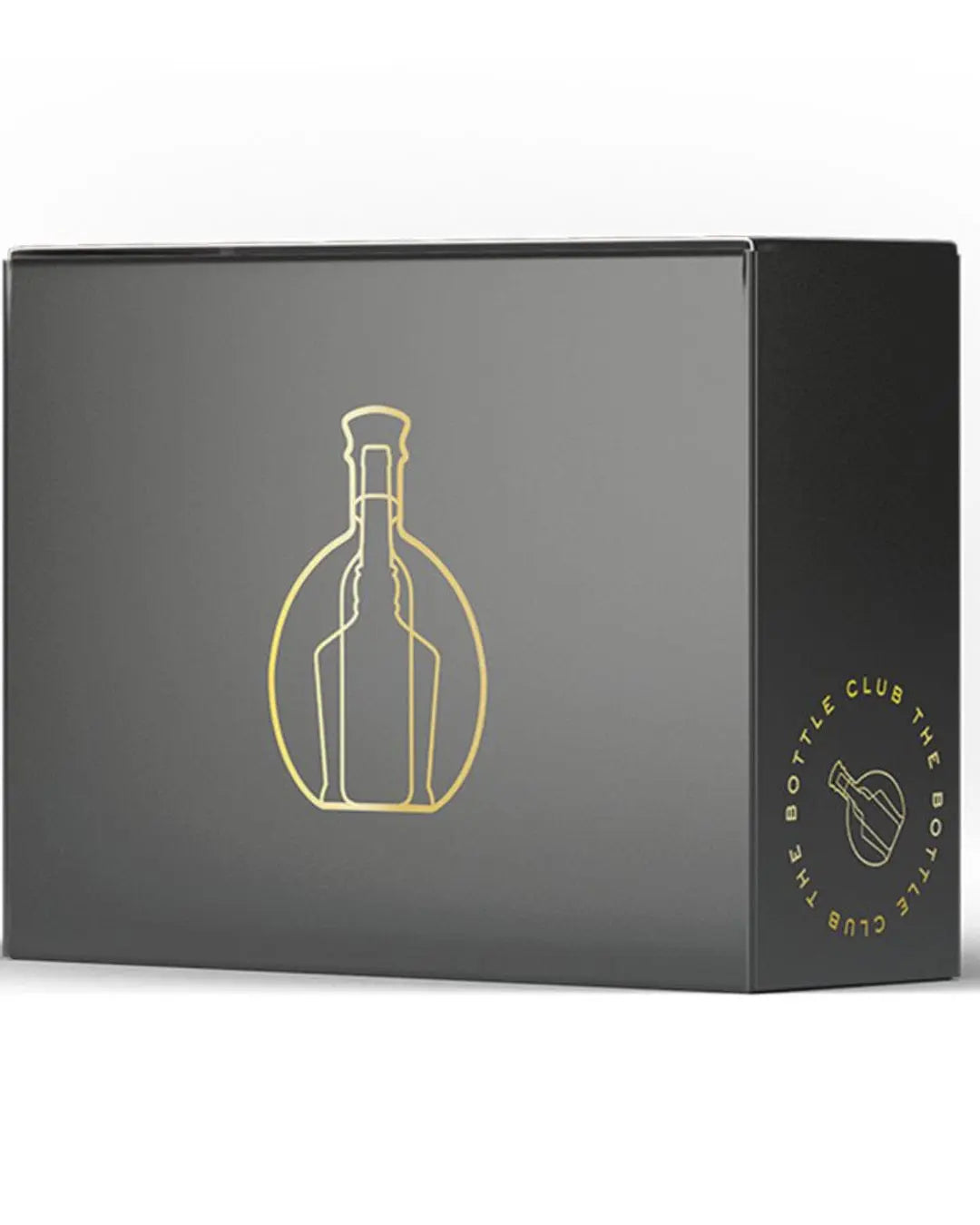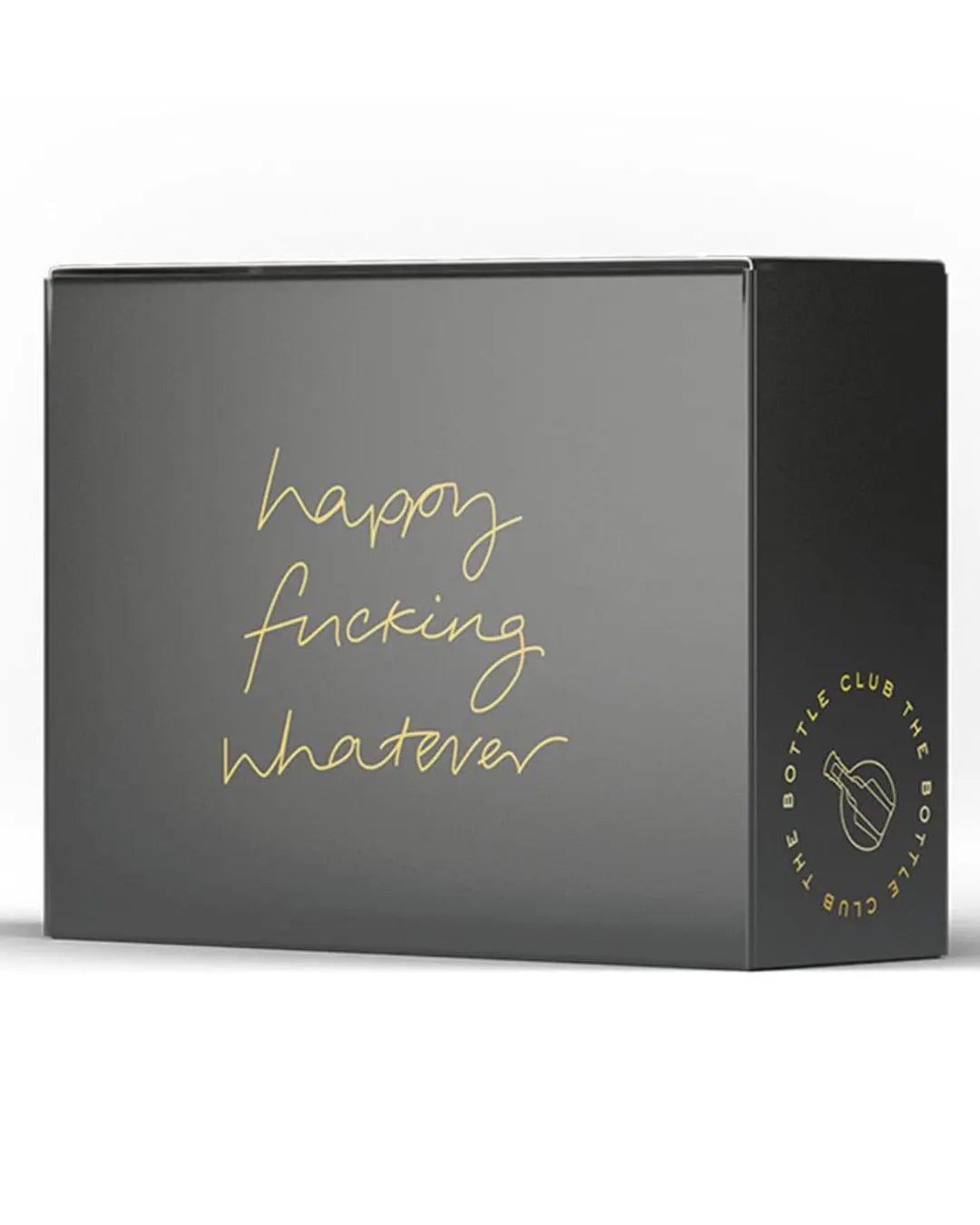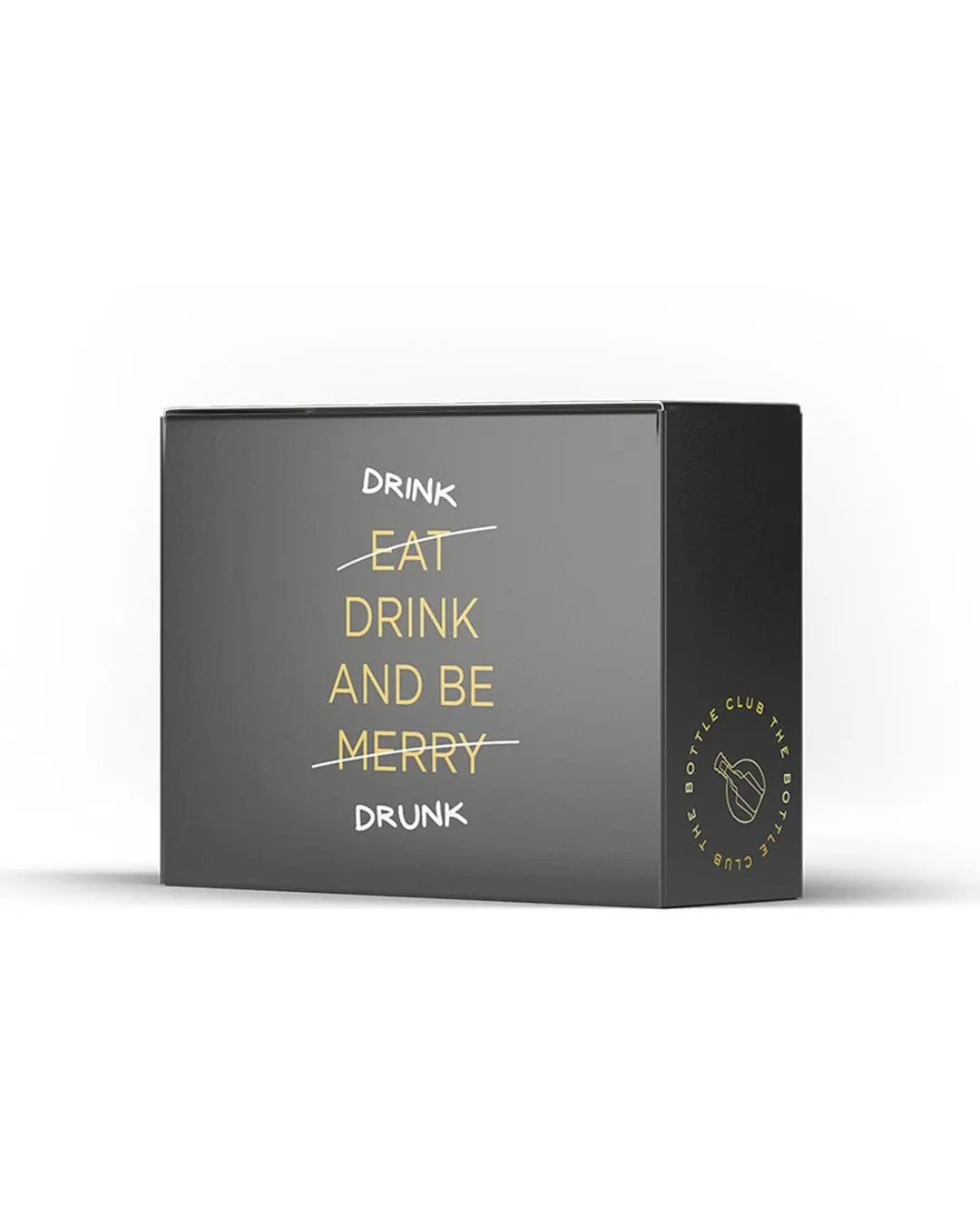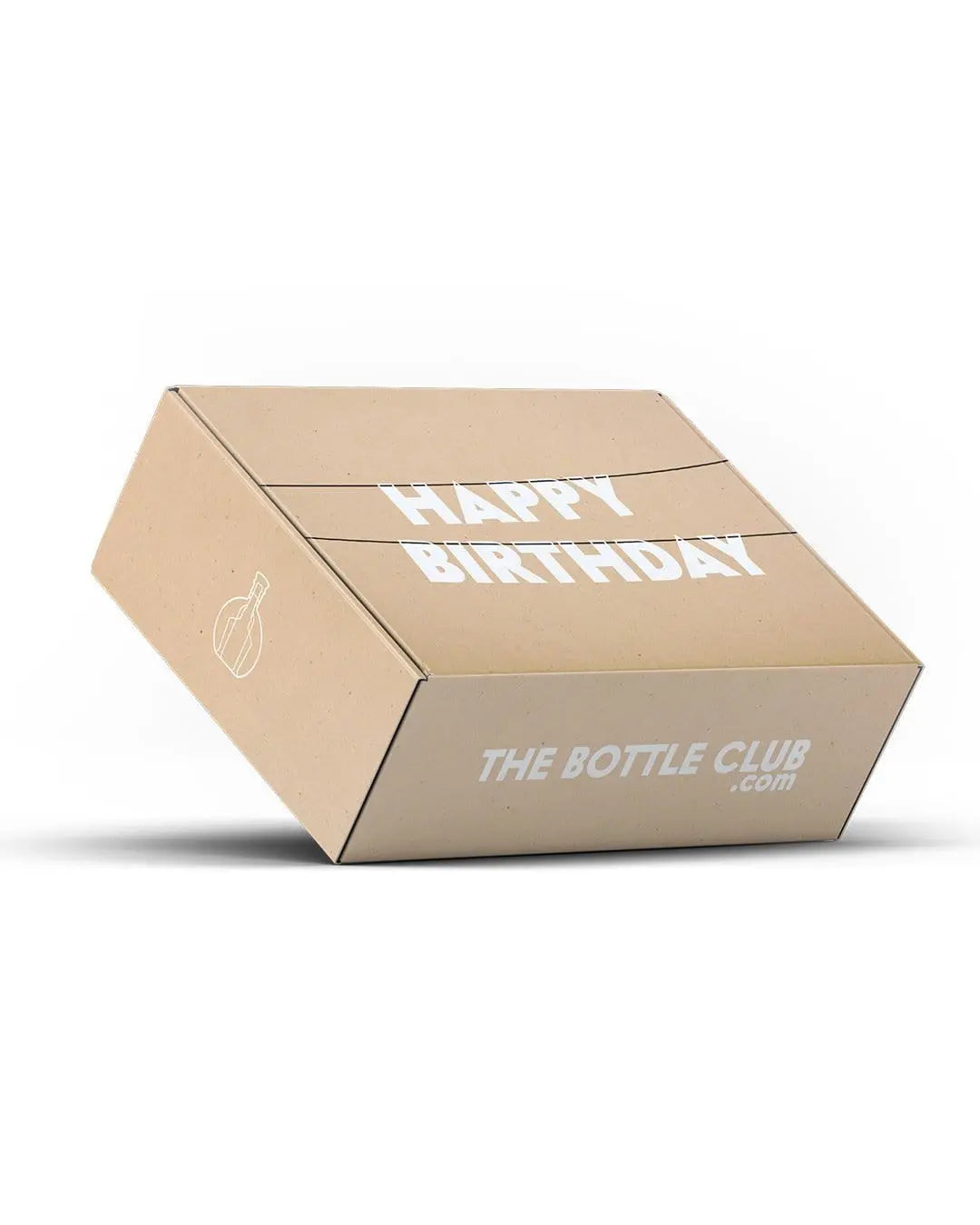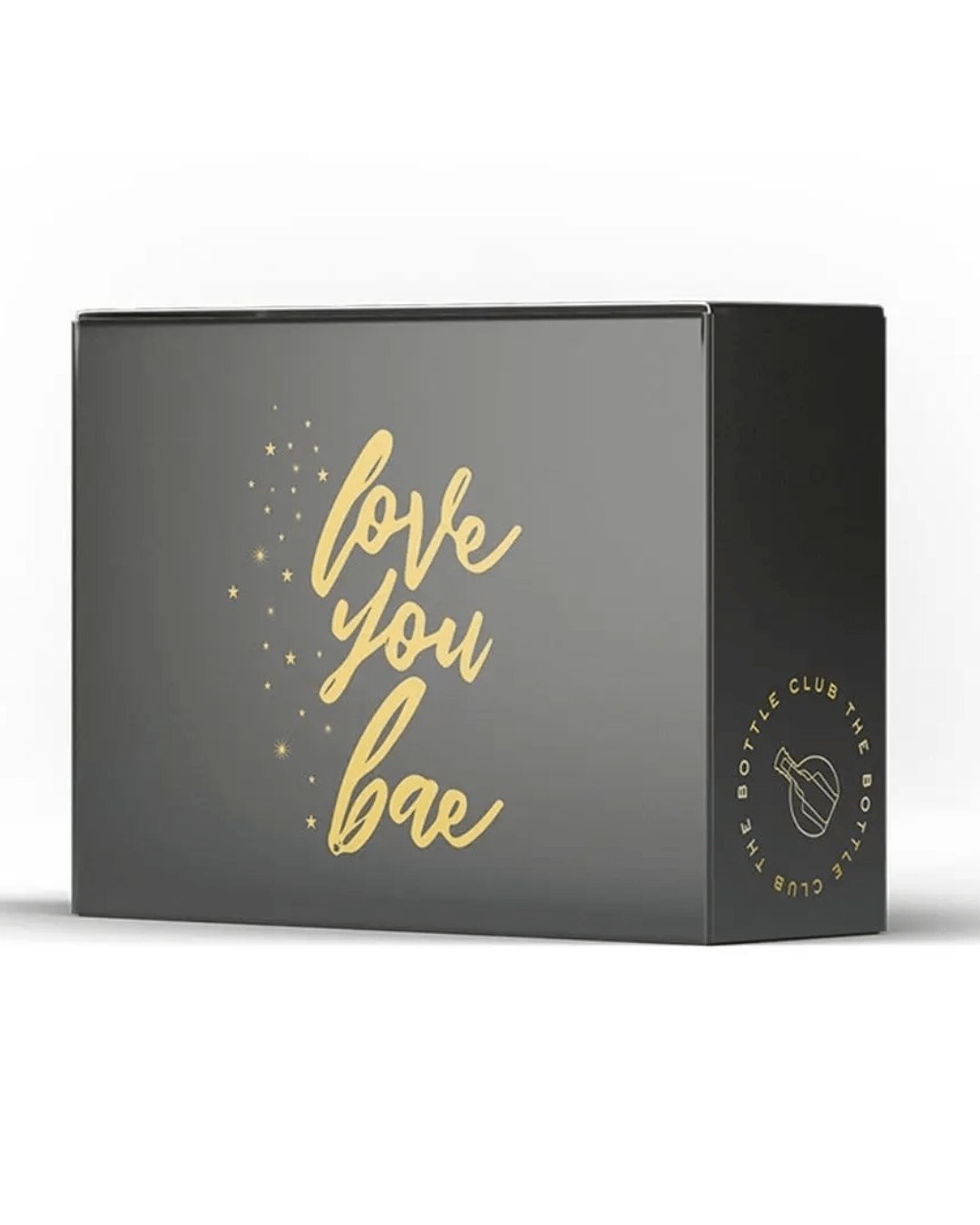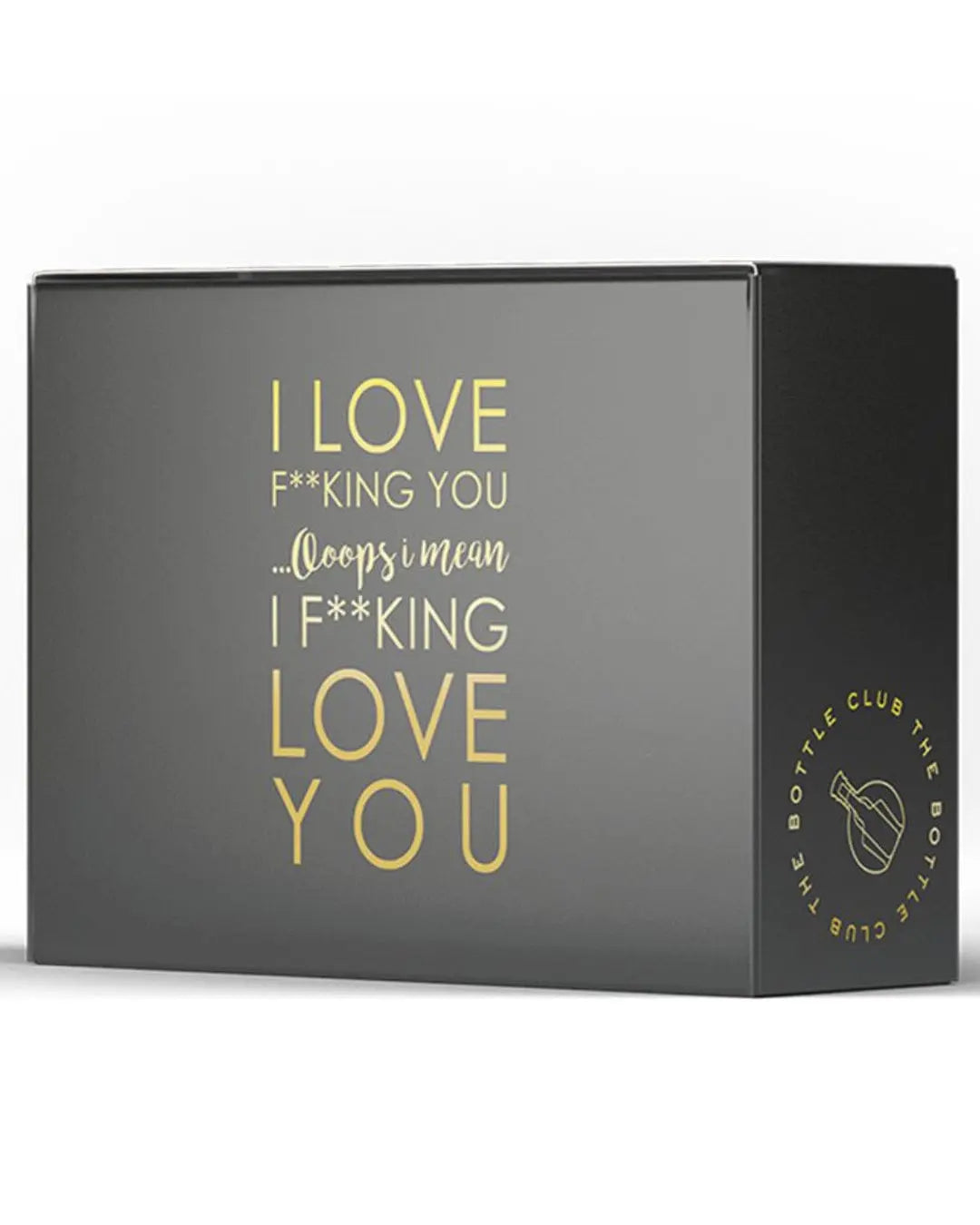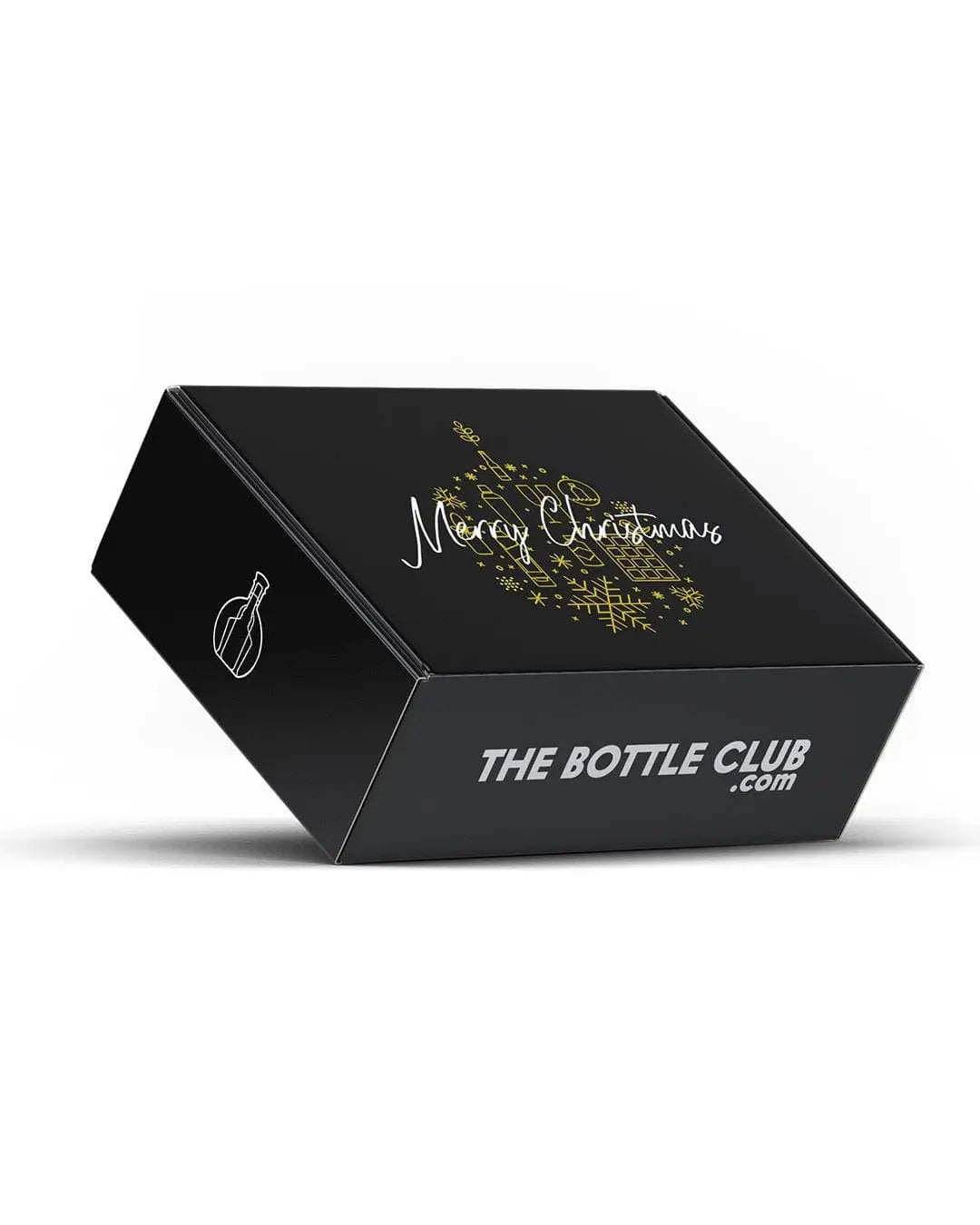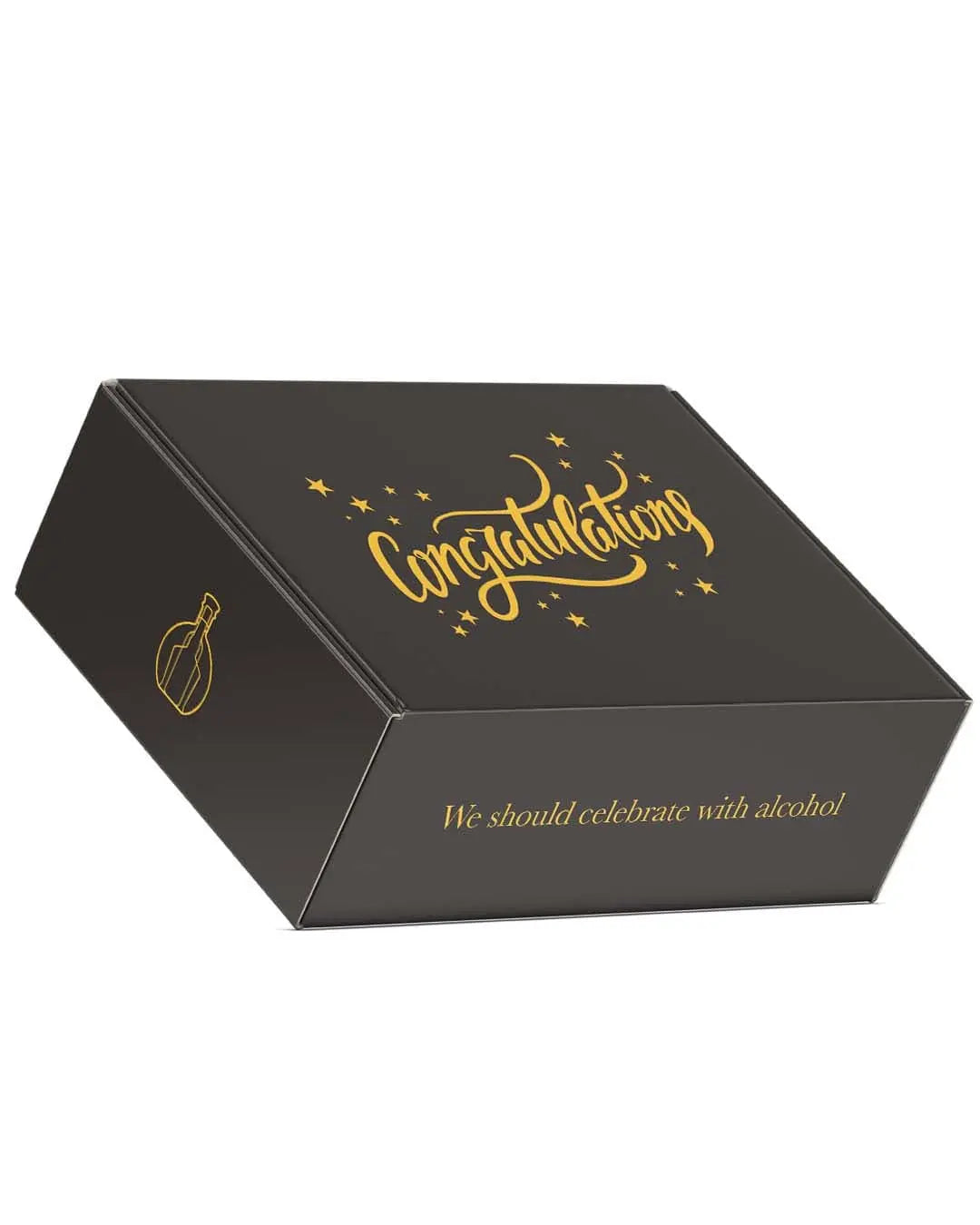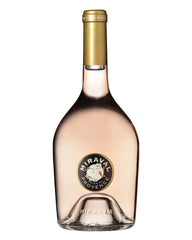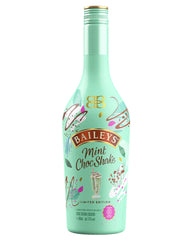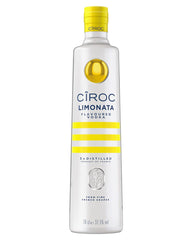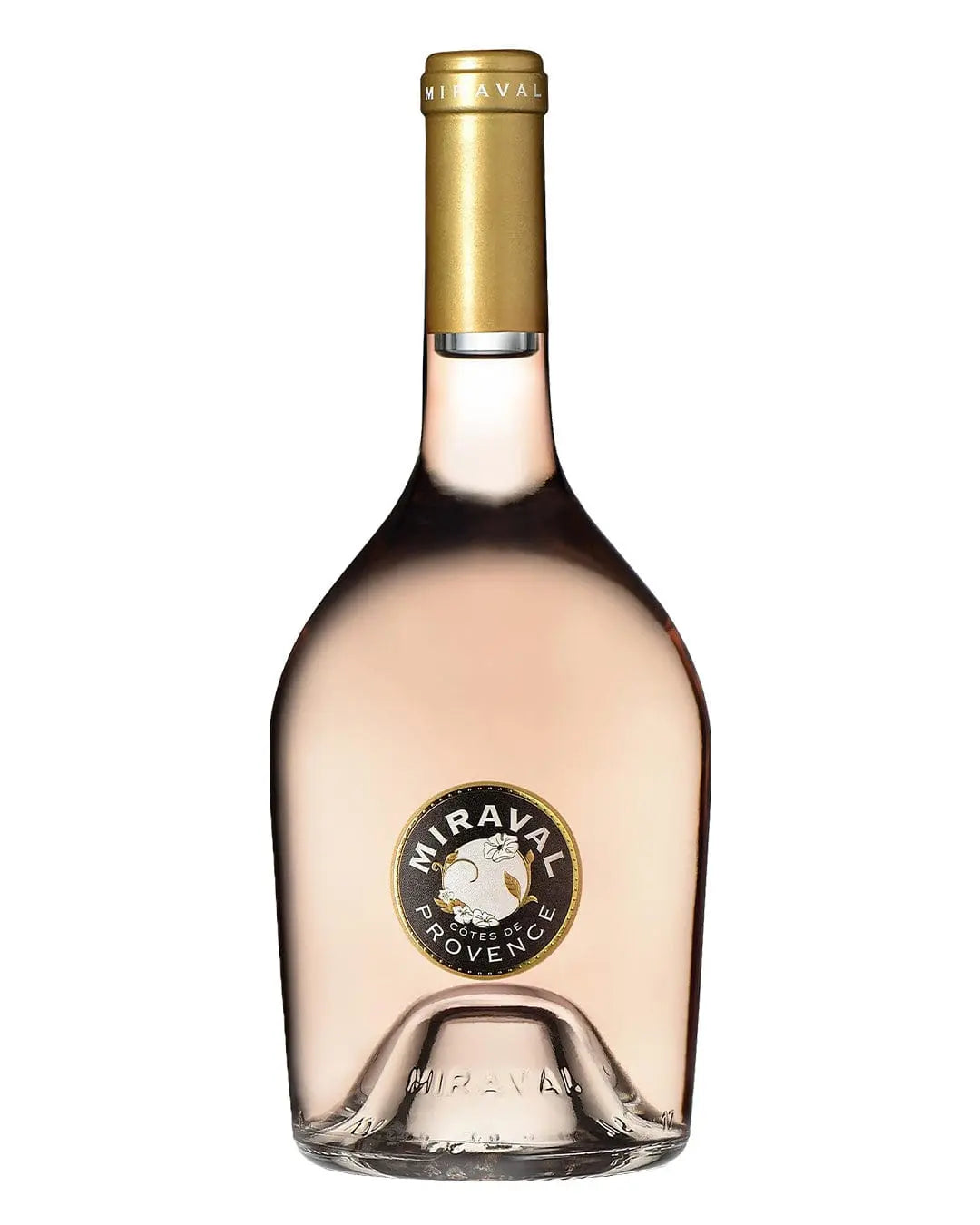
Gin
Today most will think of this as a primary ingredient for a Martini or a Gin & Tonic, but this iconic drink has a long and complex history. People have been mixing juniper berries with alcohol ...
Gin
Today most will think of this as a primary ingredient for a Martini or a Gin & Tonic, but this iconic drink has a long and complex history. People have been mixing juniper berries with alcohol for over a thousand years often as medicinal drinks. However, gin as we know it today first emerged in the 16th century thanks to a Dutch spirit called Genever which used juniper berries to hide its harsh flavour. By the 17th century, it had morphed into what we would know as gin as was gaining in popularity, especially in England. The imposition of Corn laws which involved tax breaks for distilling created a ‘gin craze’ which swept the nation. At one point, a pint of gin would be cheaper than a pint of beer. Some of these self-distilled gins were quite lethal. Even so, Britain was hooked and when the government tried to crack down on it, they rebelled.
Today, things are somewhat more sedate, but gin retains a special place for many drinkers. It is made from a distillation process which begins with extracting ethanol from a base spirit before mixing it with juniper berries and other botanicals, such as orange peel, grapefruit peel and Cassia bark. Different brands and types of gin have their own distinct flavours. In general, though, this is known for the sharp flavour from the juniper berries. Some of the biggest brands include Gordons, London Dry Gin and Hendricks.
-
What gin goes best with an elderflower tonic?
-
What is the smoothest gin?
-
How is gin different from vodka?
-
Is gin gluten free?
-
How is gin made?

